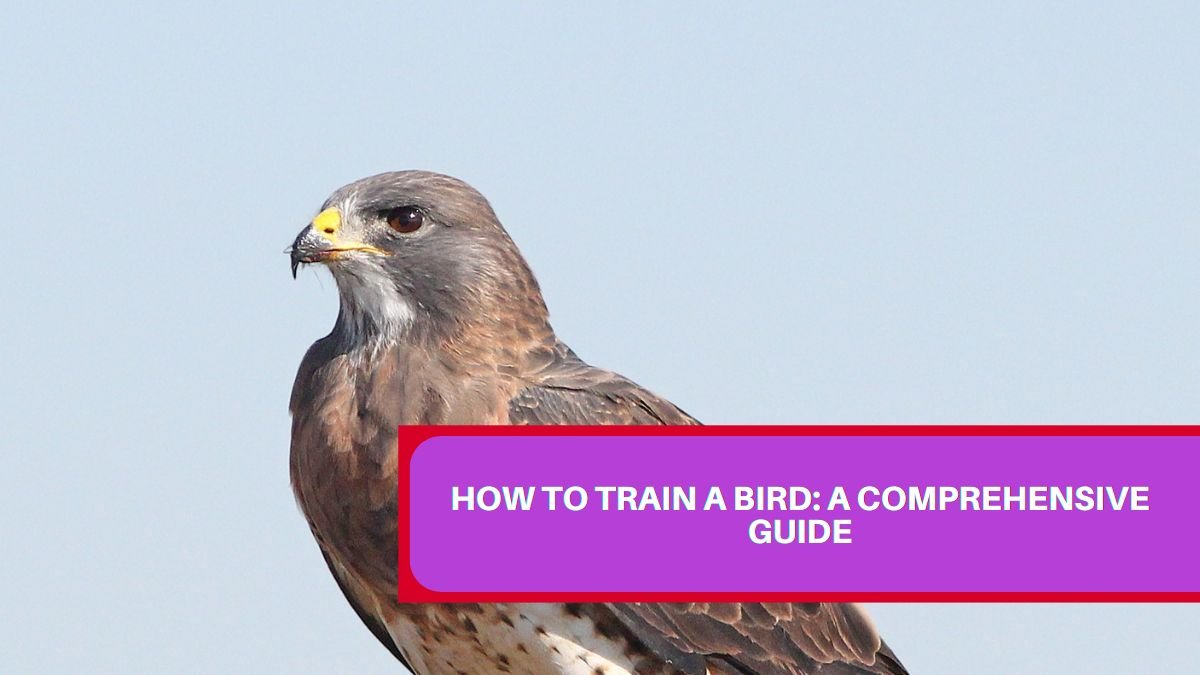Training a bird can be a rewarding experience, enhancing your bond with your feathered friend while providing mental stimulation for them. Whether you’re looking to teach your bird basic commands, tricks, or social behaviors, the process requires patience, consistency, and a bit of creativity. This guide will walk you through the essential steps for effectively training a bird.
Understanding Bird Behavior
Before diving into training techniques, it’s important to understand the unique behaviors and needs of your bird species. Birds are intelligent creatures with diverse personalities, and their responses can vary based on species, age, and individual temperament. Here are a few key factors to consider:
- Species-Specific Traits: Different birds have different learning abilities. For example, African Grey Parrots are known for their intelligence and ability to mimic human speech, while Budgerigars (budgies) are social and can learn tricks quickly.
- Socialization: Birds are social animals. Proper socialization is crucial for a successful training experience. Spend time interacting with your bird daily, allowing it to get comfortable with your presence.
- Attention Span: Birds have varying attention spans. Training sessions should be kept short—around 5 to 15 minutes—to maintain their interest.
Setting Up for Training
Create a Positive Environment
A positive environment is essential for effective training. Here’s how to set up your training area:
- Quiet Space: Choose a quiet, distraction-free area for training. This helps your bird focus on you and the tasks at hand.
- Comfortable Perch: Ensure your bird has a comfortable perch. This could be a training stand or a play gym. The perch should be at eye level to facilitate interaction.
- Positive Reinforcement: Stock up on your bird’s favorite treats, toys, or praise. Positive reinforcement encourages good behavior and makes training enjoyable.
Establish a Routine
Birds thrive on routine. Training at the same time each day helps your bird anticipate the session, creating a sense of security. Consistency is key; try to train at the same time each day, which will also help in forming a habit.
Basic Training Techniques
Step 1: Building Trust
Before you start teaching commands, building trust is essential. Spend time just being near your bird, allowing it to explore and get used to your presence. You can also offer treats from your hand to establish a connection.
Step 2: Teaching Basic Commands
Once your bird is comfortable, you can begin teaching basic commands. Start with simple commands like “step up” and “step down.”
- “Step Up” Command: Hold your finger or perch close to your bird. Use the phrase “step up” while gently encouraging your bird to step onto your finger. When it does, reward it immediately with a treat and praise.
- “Step Down” Command: Place your finger in front of your bird and say “step down.” When it steps off, reward it. This command is important for getting your bird back onto the perch or your finger.
Step 3: Introducing Tricks
Once your bird masters basic commands, you can move on to fun tricks. Here are a couple of popular tricks to teach:
- Wave: Hold a treat in front of your bird, then raise your hand and say “wave.” When the bird lifts its foot, reward it. Repeat this until it associates the command with the action.
- Spin: To teach your bird to spin, use a treat to guide it in a circle. Say “spin” as it follows the treat. Once it completes the circle, reward it. With practice, your bird will learn to spin on command.
Advanced Training Techniques
As your bird becomes more comfortable with basic commands, you can introduce advanced training techniques.
Clicker Training
Clicker training is an effective method that utilizes a clicker to mark desired behaviors. Here’s how to implement it:
- Introduce the Clicker: Let your bird hear the clicker sound without any training. Pair the click with a treat to establish a positive association.
- Marking Behavior: When your bird performs a desired behavior, immediately click the clicker and provide a treat. This helps your bird understand which behavior is being rewarded.
Teaching Complex Commands
Once your bird masters tricks and basic commands, you can teach more complex commands such as fetching or playing dead. Break down the tasks into smaller steps, rewarding your bird for each successful attempt.
Troubleshooting Training Challenges
Training may come with challenges. Here are some common issues and how to address them:
- Boredom: If your bird loses interest, change up the routine. Introduce new tricks or vary training times.
- Fear or Resistance: If your bird appears scared or resistant, slow down. Go back to building trust and comfort before progressing.
- Inconsistency: Ensure that all family members use the same commands and reinforcement methods to avoid confusing your bird.
Conclusion
Training a bird requires patience, creativity, and consistency. By understanding your bird’s behavior and needs, setting a positive environment, and using effective training techniques, you can foster a strong bond and enrich your bird’s life. Remember, training should always be a fun and rewarding experience for both you and your bird. With time and dedication, you’ll be amazed at what your feathered friend can learn!

